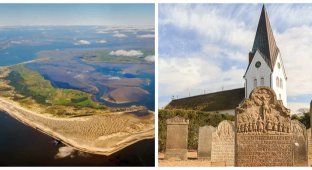Korean village made of Japanese tombstones (6 photos)
Ami-dong seems like an ordinary village near Busan, South Korea, at first glance. If you don't look closely, everything here is quite old and solid, but if you take a closer look... 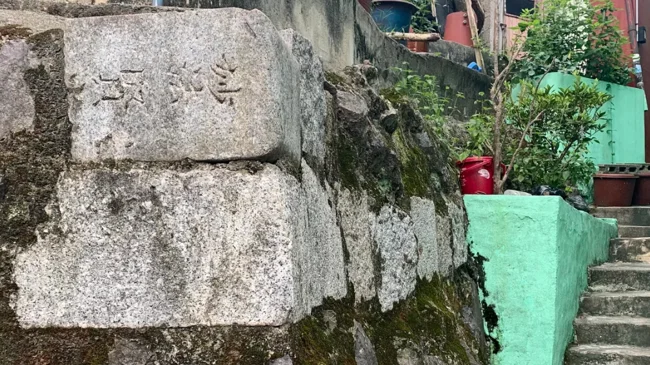
You notice Japanese characters here and there. Why would that be...
Very strange stones were used in the construction of walls, foundations, steep stairs. These are tombstones, not just tombstones, but Japanese tombstones. Well, you know, the Japanese and the special attitude of a good half of Asia towards them.
Ami-dong, also called the Tombstone Cultural Village, was built during the height of the Korean War. It broke out in 1950 between the two Koreas, North and South. 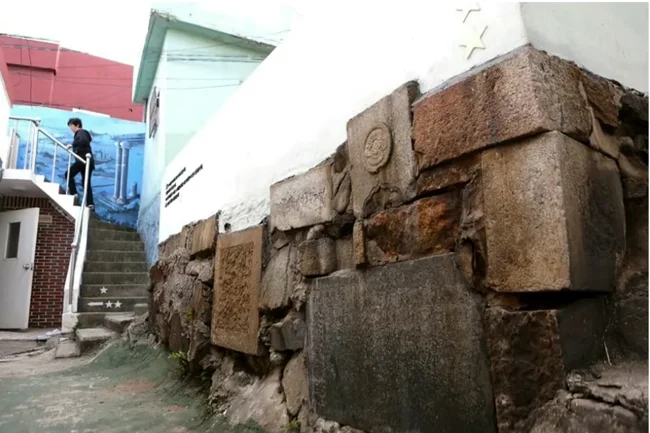
An ajumma walks past hundreds of tombstones on her way home
The conflict led to the migration of people across the Korean Peninsula, including more than 640,000 North Koreans. They crossed the 38th parallel dividing the two countries. Many South Koreans also fled south, away from Seoul and the front lines. Their escape destination was Busan, which North Korea never touched during the war.
Busan became a temporary capital during the war, making it a "massive refugee city and the last stronghold of national authority," according to the city's official website.
But where to accommodate so many people at once? Space and resources were scarce, and the city literally pushed out the extra people. 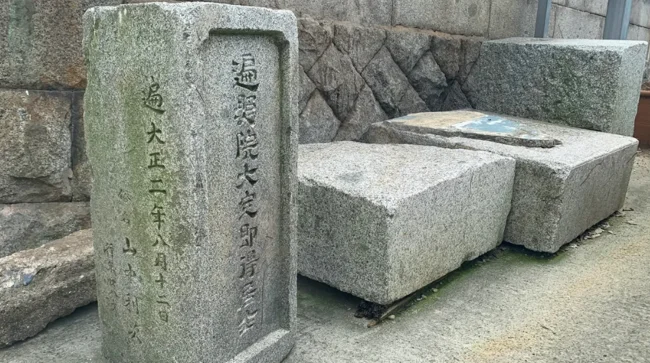
And so it became a working material for any foundation and stairs
And they found shelter nearby - in Amidong, a crematorium and cemetery located at the foot of the hilly mountains of Busan. They were built during the Japanese occupation of Korea from 1910 to 1945. Many write about this period of history, have you heard about the comfort women at Japanese stations for soldiers? That's from that period, that's why the Japanese are not liked here. 
They also drew these funny trees, what a horror!
Of course, there were many dead, and many were buried right here. And the Koreans began to build houses from these tombstones, why respect the enemy? In another case, maybe the memory of the soldiers would have been spared. But not with Japan, which does not admit or apologize for all its crimes to the last. 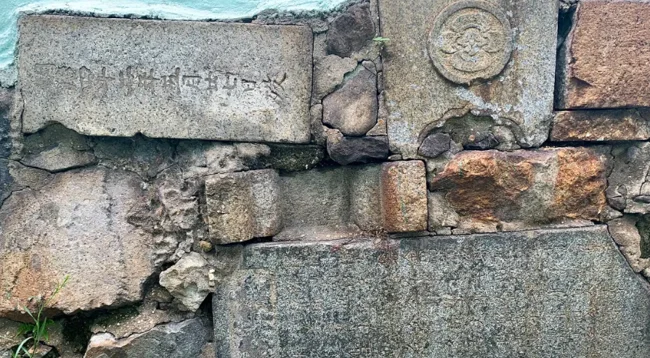
Names, symbols, but who can read Japanese in Korea?
The huts were built around the graves and from the tombstones, but you can still read the names and death dates of those soldiers in Japanese. Gradually, the village grew to quite an impressive size.
It all evokes very mixed feelings.
The old people, those refugees who settled here first, honestly tell how it all happened:
"We uprooted the tombstones, and if we found the ashes of the Japanese, we simply threw them out." There was no time for piety then, there were thousands and thousands of refugees, everyone needed shelter. 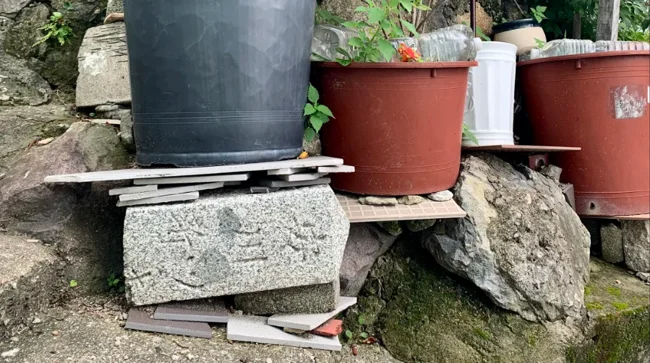
Here are flower pots on some kind of tombstone
The armistice signed on July 27, 1953 stopped the conflict between the two Koreas. After that, many refugees from Busan left to resettle in other places, but others stayed, and the strange city of tombstones became the center of economic revival.
It is noteworthy that Asians, who are inclined to believe in all sorts of curses and ghosts, took such a pragmatic approach to houses made of tombstones. Apparently, Japanese ghosts are not a threat to Koreans.













